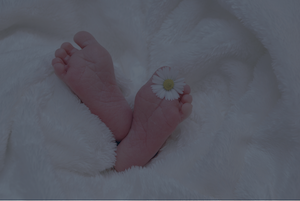Lab: Gas on suspect's clothes
NEW HAVEN, Conn. — A man charged with a gruesome home invasion had gas on his boots, pants and sweatshirt, a state lab official testified Monday, potentially undermining defense efforts to blame a co-defendant for dousing the house in gas before setting it on fire.
Prosecutors finished calling witnesses Monday in their case against Joshua Komisarjevsky, who faces a possible death sentence if convicted of the July 2007 attack on a family in its home in Cheshire, Conn. His co-defendant, Steven Hayes, was convicted and is on death row.
Authorities say Komisarjevsky and Hayes broke into the Petit family’s home, beat Dr. William Petit with a bat and tied up him and his family. Hayes was convicted of raping and strangling Petit’s wife, Jennifer Hawke-Petit, and killing the couple’s two daughters, who died of smoke inhalation.
Hawke-Petit spent part of her school years in Slippery Rock before the family moved to follow the career of her father, the Rev. Richard Hawke. Hawke and his wife, Marybelle, maintain the house in Slippery Rock and still live there part of the year.
Komisarjevsky had gas on his clothes, testified Jack Hubball, a chemist at the state forensic lab. Komisarjevsky has blamed Hayes for pouring the gas and lighting it.
Eleven-year-old Michaela Petit, who was killed in the fire along with her 17-year-old sister, Hayley, had bleach on her shorts, Hubball said. Komisarjevsky is charged with sexually assaulting the girl. Hayes’ attorney said during his trial that Komisarjevsky had poured bleach on her clothes to try to eliminate his DNA.
During two weeks of testimony, prosecutors played an audiotaped confession in which Komisarjevsky spoke matter-of-factly and laughed occasionally. He admitted beating Petit with a bat and molesting his younger daughter but insisted Hayes wanted to kill the family because he was worried about his DNA at the scene.
The judge stopped the tape early one day just after Komisarjevsky admitted molesting the girl, saying a juror was having a tough time. Jurors saw grim evidence, including charred beds and autopsy photos.
Komisarjevsky often leaned back in his chair and occasionally made eye contact with jurors. Hayes during his trial sat huddled, mostly looking straight ahead. He lost substantial weight after the crime, and his attorneys claimed he was remorseful and suicidal.












